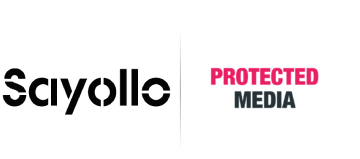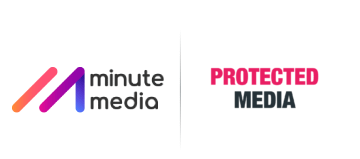 Advertisers are not the only victims of ad fraud, publishers are also feeling the pain.
Advertisers are not the only victims of ad fraud, publishers are also feeling the pain.
A recent study conducted by 16 programmatic publishers including Business Insider, The New York Times, and The Washington Post found that available publisher inventory was overstated by correlating to around 700 million counterfeit callouts per day. Google suggested that fraudulent traffic created by domain spoofing alone could cost publishers $3.5 million daily or $1.27 billion yearly.
Publishers can’t afford to rely on other players in the ad tech food chain to solve the problem. Nor can they sit idly on the sidelines and hope that eventually someone else will find a solution.
More than Financial Losses
There is more at stake than just revenues. Fraud inflates the volume of digital inventory available and leads to poor advertising performance, reducing CPMs and jeopardizing publishers’ relationships with advertisers. It also reduces ad quality, negatively impacting the user experience, which can make viewers bring out the ad blockers, bringing ad revenues down even further. If publishers look the other way, in addition to lost revenues, they take a risk that ad verification tools run by someone else will expose their fake traffic, eroding trust in their brand.
Publishers are being attacked from different directions. Spoofed inventory is one of the largest contributors to fake traffic where impressions on exchanges look like they’re from legitimate publishers, when in fact they represent fake, low-quality inventory. Third party networks also repackage and resell premium publishers’ inventory without their consent. Display inventory is then re-sold by third parties as pre-roll video inventory, to take advantage of the higher CPMs earned from video. Fake mobile devices are simulated in data centers and then used to download, install, and interact with apps. Other apps create fake clicks and views by loading tons of ads in the background when the app or device is not even being used.
With all the different vulnerabilities, publishers need a traffic quality program that will help identify and solve the problem.
5 Tips for Cleaning Traffic
Here are five proactive measures publishers can take to keep their traffic clean.
- Run tests – Publishers can get a better understanding of how their inventory is being perceived by the demand side by setting up programmatic buying tests against their own domains. The Guardian set up buying tests last year when it discovered that in some cases it was only receiving 30% of ad-spend. These tests should include third-party verification software to identify non-human traffic, invalid traffic, and domain spoofing.
- Select traffic sources carefully – Before beginning a relationship with a technology company to sell their inventory it is wise to complete a thorough review of the quality protections, to ensure they employ post-impression validation including protection from domain spoofing. Not all partners provide the same level of quality protection and it’s important to also request an assessment by third-party validation software to verify claims of clean traffic.
- Implement ads.txt – IAB’s ads.txt, a specification for authorized digital sellers, is the easiest to deploy and highly effective. By uploading a text file to their domain listing authorized sellers of their inventory, which can be accessed by buyers, third-party vendors, and exchanges they can prevent unauthorized buyers from stealing their URL’s or cookies to create fake traffic. Declaring authorized sellers can help publishers receive more advertiser spend that might have otherwise gone toward counterfeit inventory.
- Enforce traffic quality – Publishers must work actively with their partners to identify instances of fraud and misrepresentation and should insist on full disclosure of all responsible parties. When instances of fraud are discovered publishers should alert all partners that may be impacted. This level of diligence and open communication should be communicated and enforced by all their demand partners.
- Support industry initiatives – The digital advertising industry has technical standards such as TAG-ID, TAG Payment ID, TAG Inventory Quality Guidelines, and MRC viewability guidelines. These guidelines should be met by publishers, and their partners, to help create and sustain a common standard for ad quality.
Publishers need to become diligent about ad fraud to protect their revenues and reputation. Providing transparency to advertisers shows good faith and garners trust that the publisher has nothing to hide. By working with a third party to verify legitimate traffic and identify bad bot traffic, publishers can prevent their profits from eroding while protecting their brand’s image.
Find the original article here on EContent Mag.




